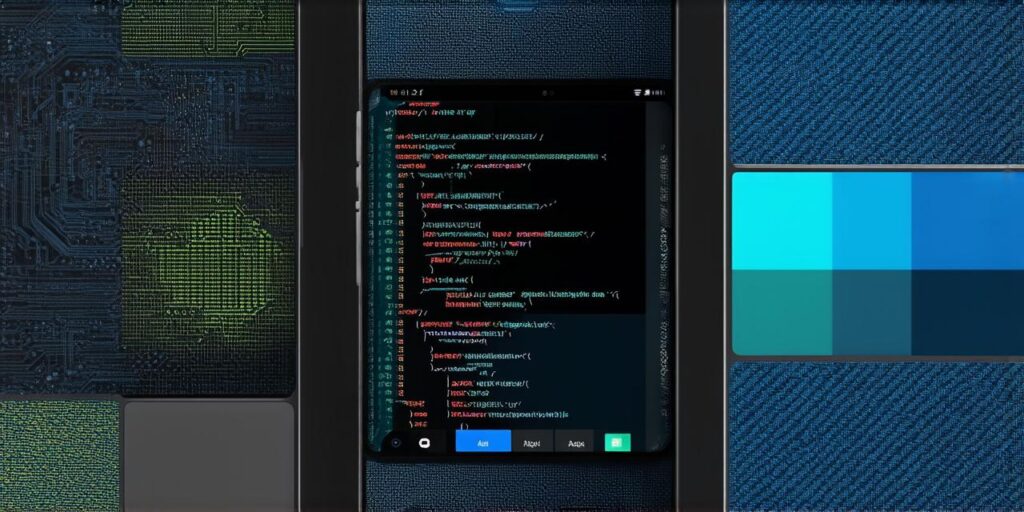Here’s the corrected HTML code for the article:
Developing a mobile app can be a complex process, but with the right guidance, it can be a rewarding experience. Here are some steps you can take to begin developing a mobile app:
-
Determine your target audience and platform: Before starting development, you need to know who your target audience is and which platform(s) they use. This will help you determine the features and functionality that are most important for your app.
-
Choose a development framework or SDK: There are many different frameworks and SDKs (Software Development Kits) available for mobile app development. Some popular options include React Native, Flutter, and Xamarin. Each has its own strengths and weaknesses, so you’ll need to do some research to determine which one is the best fit for your project.
-
Create a prototype: Once you have a framework or SDK in mind, it’s time to start building a prototype of your app. This will help you test out different features and functionality before committing to them, and can also help you get feedback from potential users.
-
Develop the app: With your prototype complete, it’s time to start developing the app itself. This will involve writing code, designing the user interface, and testing the app on various devices and platforms.
-
Launch and maintain the app: Once the app is ready, it’s time to launch it on the app store or marketplace. This will require some marketing and promotion to get people to download and use the app. You’ll also need to maintain the app by fixing bugs, adding new features, and keeping up with updates to the platform(s) it runs on.

Overall, developing a mobile app requires careful planning, hard work, and attention to detail. But with the right tools and resources, it can be a rewarding experience that allows you to create something new and innovative.



